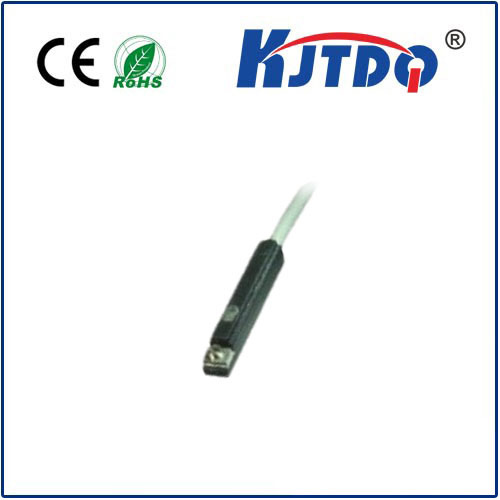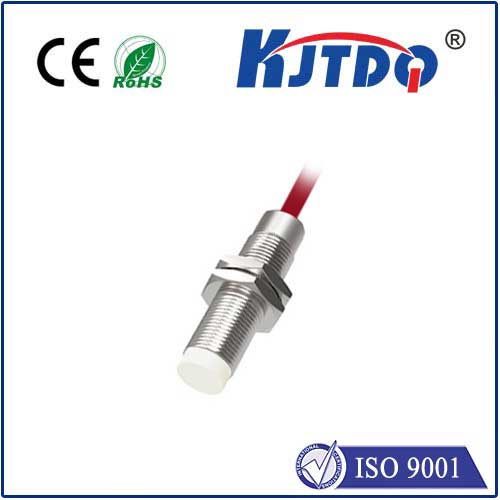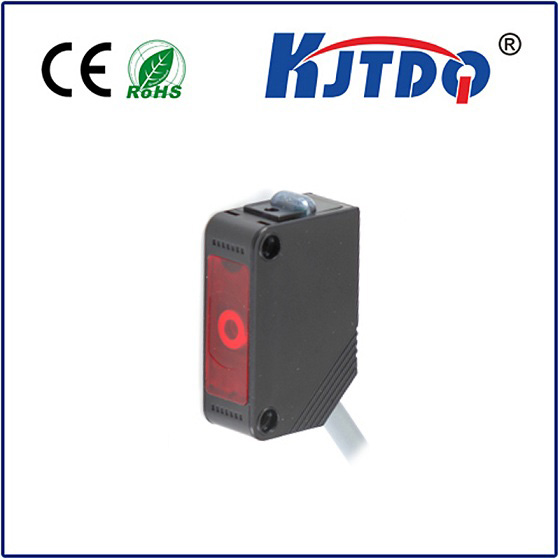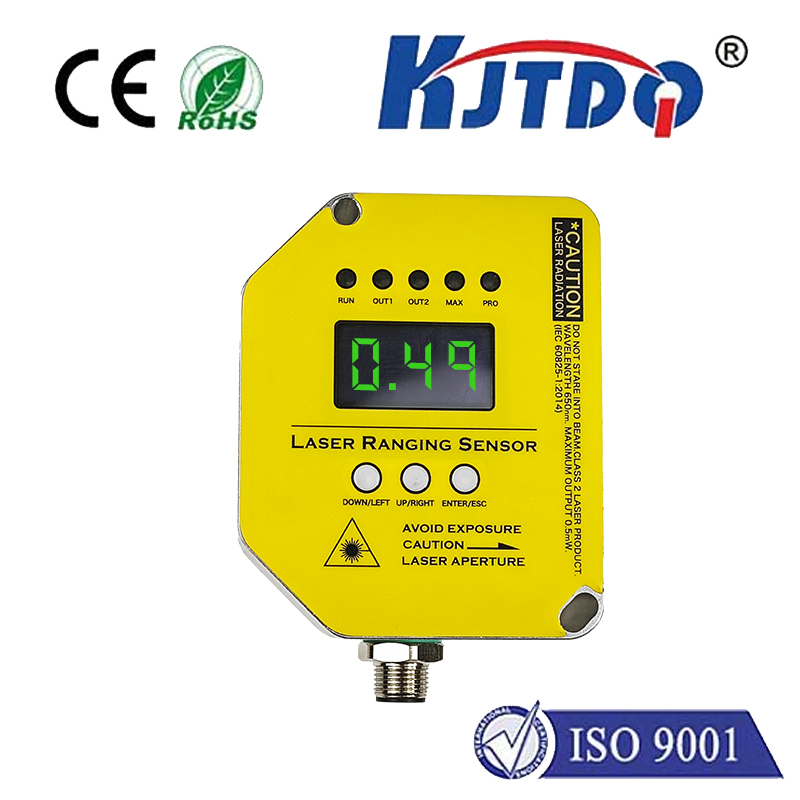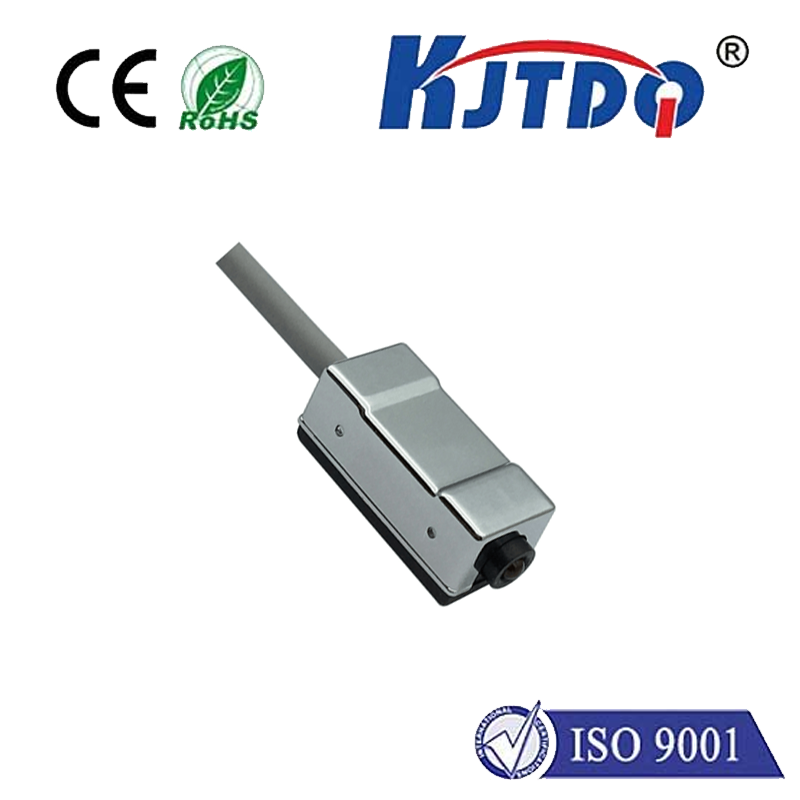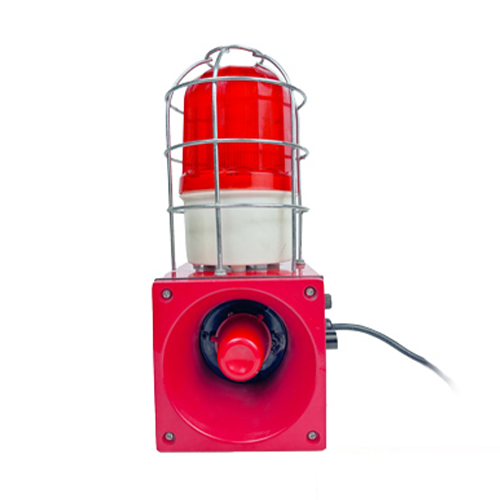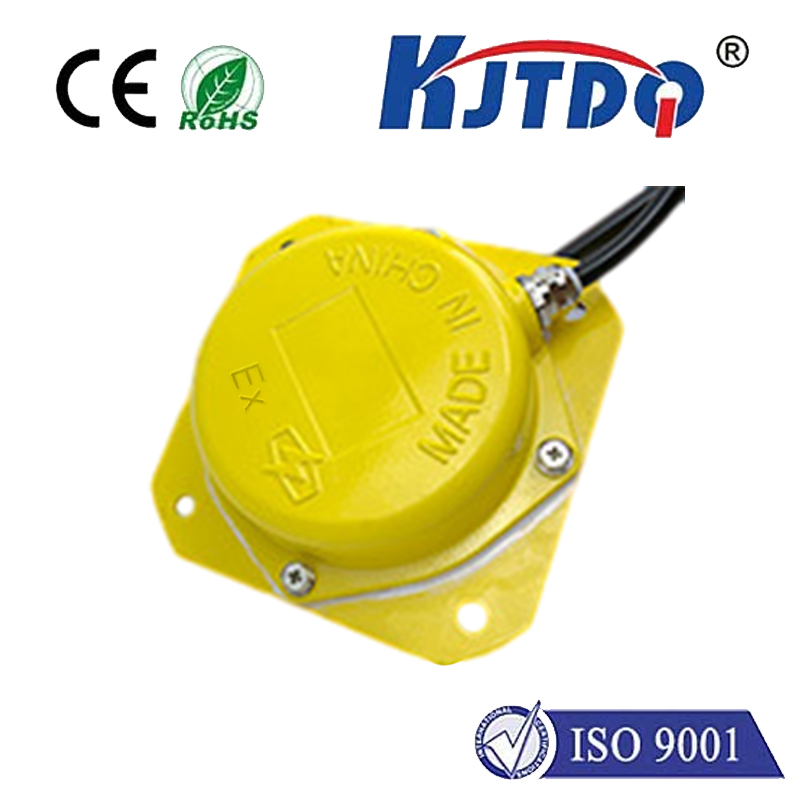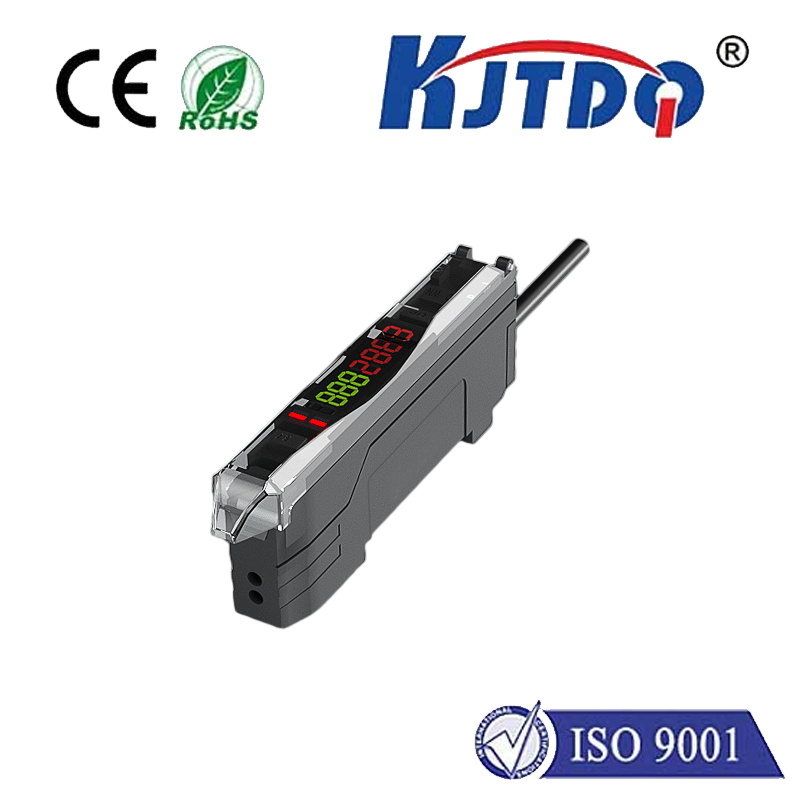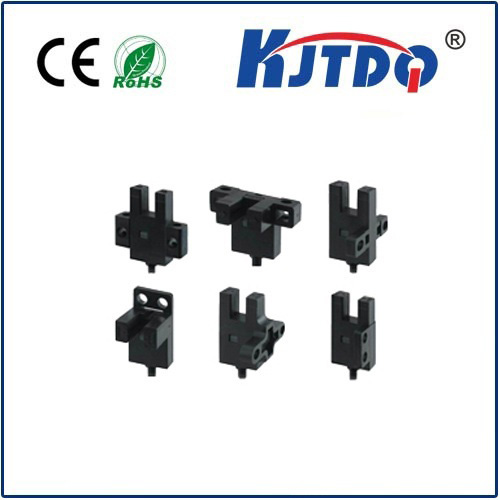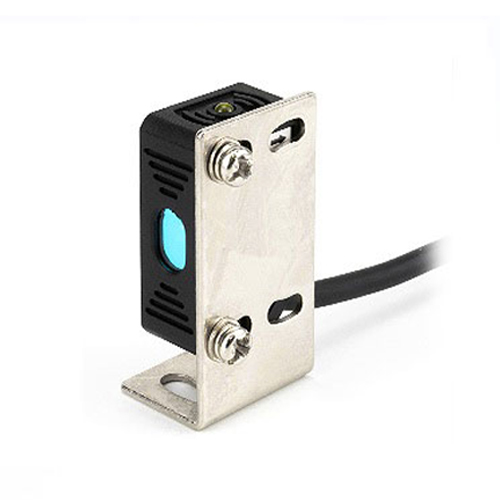

check

check

check

check

check

check

check

check

check

check
Unlocking the Secrets of Transmissive Optical Sensors with Phototransistor Output
Have you ever stopped to think about the invisible eyes that guide your everyday gadgets? From self-checkout scanners at the grocery store to smart industrial robots on factory floors, these marvels rely on sensors that “see” with light. Among them, transmissive optical sensors with phototransistor output stand out as silent heroes, transforming light into tangible signals that power efficiency and innovation. This article dives deep into how these devices work, their unique advantages, and why they’re indispensable in diverse sectors—all explained in a way that demystifies the technology without jargon. Ready to explore the world behind the beam?

At its core, a transmissive optical sensor operates on a simple yet brilliant principle: light is emitted from a source, passes through or is interrupted by an object, and then detected by a receiver on the other side. When combined with a phototransistor output, this setup excels at converting those light variations into precise electrical signals. Here, the phototransistor acts as the heart of the output stage, where photons strike its sensitive surface to trigger an amplified current or voltage response. This seamless conversion allows the sensor to communicate clearly with control systems, making it ideal for applications demanding high accuracy. Unlike some sensors that struggle in messy environments, transmissive types avoid false triggers by separating the emitter and detector, ensuring reliable detection even in dusty or fluctuating conditions. It’s no wonder they’ve become a go-to solution in automation and beyond.
Delving into the mechanics, the journey starts with an infrared or visible LED emitter that projects a beam across a gap. When an object like a moving part or product breaks this beam, the light intensity drops abruptly. That’s where the phototransistor output shines—it senses this drop and rapidly amplifies the change into a robust electronic signal. Phototransistors are preferred over simpler photodiodes because they provide built-in gain, boosting weak signals without needing extra components. This translates to faster response times and superior noise immunity, crucial for high-speed processes. For instance, in assembly lines, these sensors can detect tiny misalignments in milliseconds, empowering robots to make instant corrections. Moreover, their output is typically digital or analog, easily interfaced with microcontrollers or PLCs (Programmable Logic Controllers), which streamlines integration into smarter systems. Reliability is key here, as the phototransistor’s inherent stability minimizes drift over time, reducing maintenance headaches.
But what makes this combination truly powerful are its standout advantages. Firstly, transmissive optical sensors with phototransistor output excel in environments where ambient light or contaminants could foul other types. By relying on a dedicated beam path, they sidestep issues common in reflective sensors, like false alarms from stray reflections. Secondly, durability is a major win—many models are encased in rugged housings that resist shock, vibration, and temperature extremes, making them perfect for harsh settings like automotive plants or outdoor machinery. Thirdly, their energy efficiency stands out; phototransistors consume minimal power while delivering strong outputs, which slashes operational costs in battery-powered devices like portable scanners. In cost-effectiveness terms, this design often outshines alternatives by minimizing component counts and calibration needs. Imagine a packaging machine where every false read could mean wasted product: here, the unerring precision of phototransistor output keeps errors near zero, boosting productivity and sustainability. For these reasons, industries are increasingly adopting this technology to cut downtime and enhance safety.
Speaking of applications, the versatility of transmissive optical sensors with phototransistor output spans an impressive range of fields. In consumer electronics, they’re the backbone of printers, sensing paper jams or end-of-roll scenarios with pinpoint accuracy—ensuring your documents print smoothly every time. Move to industrial automation, and they’re indispensable in conveyor systems for object counting or position verification, where their robust output withstands vibrations that would cripple lesser sensors. Safety systems also benefit hugely; think of elevator doors that halt instantly when a beam is broken, preventing accidents with life-saving speed. Even in healthcare, devices like blood analyzers use these sensors to detect fluid levels or vial placements, relying on the phototransistor to deliver contamination-free readings. Beyond that, emerging areas like robotics leverage them for obstacle avoidance, while smart agriculture tools employ them to monitor crop movements in automated harvesters. This wide adoption underscores how phototransistor output elevates the sensor from a simple switch to a “smart” component that drives innovation.
Of course, it’s valuable to contrast this with other sensor types to highlight its niche. Reflective optical sensors, for example, bounce light off objects but can falter with shiny or dark surfaces, while phototransistor output in transmissive designs maintains consistency. Similarly, alternatives like ultrasonic sensors struggle with accuracy in noisy settings, whereas the light-based approach offers finer resolution. In essence, the synergy of transmissive optics with phototransistor output creates a resilient, high-performance package that’s hard to beat for routine and critical tasks alike. As technology evolves, expect these sensors to integrate with AI-driven systems for even smarter feedback loops—think predictive maintenance where output trends signal wear before failures occur. So, next time you encounter a seamless automated process, remember that a tiny beam and a phototransistor are often the unsung enablers, combining science with simplicity to make the world run smoother. (Word count: 889)
